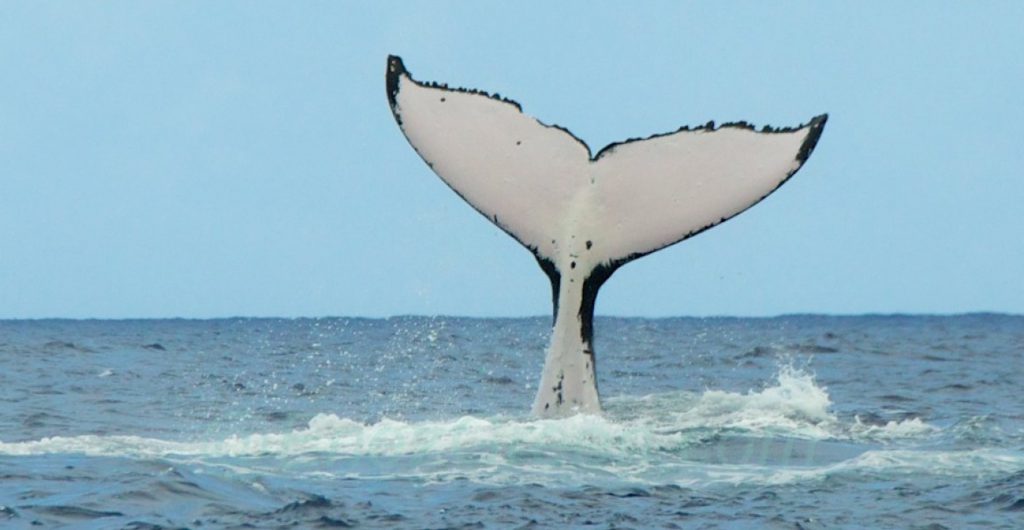The fourteen existing populations of these cetaceans in the world were under the protection of US law on species in danger of extinction since 1970
During the early twentieth century, commercial whaling had decimated humpback whales (Megaptera novaeangliae), dropping their populations to historically low levels in the 1960s.
According to NOAA, the moratorium on hunting imposed since 1982 by the International Whaling Commission has also played a major role in the rebound in populations of these whales, and today nine of the fourteen existing populations of these cetaceans in the world are “downgraded” to the list of species under US law.
Two of the four populations still remaining in the status of endangered species spend in US territorial waters at certain times of the year, the population of Central America coming to feed in the Pacific off the US West Coast, while the humpback whales of the group’s northwest Pacific spend time in the Bering sea and Aleutian Islands.
All humpback whales are protected in US waters and on the high seas by the law on marine mammals protection
As for the actual population of humpback whales in Mexico – now classified as a threatened species – it regularly comes off the West Coast of the United States and Alaska.
The US authorities also announced regulatory measures to increase the protection of two whale populations still considered endangered humpback, which are constantly evolving in American waters in Hawaii and Alaska. They include the minimum distances by ships crossing near these cetaceans.
All of these whales are protected in US waters and on the high seas by the law on the protection of marine mammals, regardless of their status under the law on the preservation of animals in danger of extinction.




